Dell Technologies World Wrap-Up: 10 Biggest Products And Stories
CRN breaks down the 10 most important new products and stories unveiled at Dell Technologies World 2019 in Las Vegas this week.
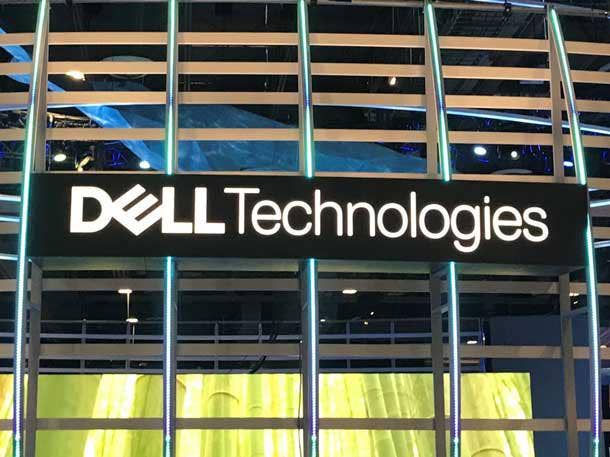
Live From The Show Floor
Dell Technologies World 2019 was arguably one of the company’s biggest events in years in terms of the number of new products, services and significant announcements that were made during the four-day event in Las Vegas.
The more than 14,000 attendees who flocked to Las Vegas to learn about Dell Technologies’ product road map, VMware integrations, channel plans and overall company vision were not disappointed.
“It doesn’t feel like three or four companies anymore, it feels like one company,” said Phil Mogavero, vice president of hybrid data center partnerships at PCM, a Dell Titanium partner. “Dell’s power in going to market with one company, one vision, one strategy, one go-to-market and products that are integrated together gives them a serious advantage in the market.”
From the Dell Technologies Cloud and Dell Technologies Partner Program to Dell EMC SD-WAN Edge and Dell EMC Cloud Storage Services, CRN breaks down 10 new offerings launched at Dell Technologies World.
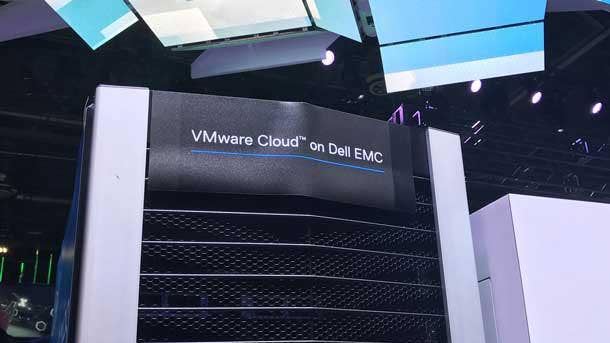
VMware Cloud On Dell EMC
A centerpiece of the new Dell Technologies Cloud is VMware Cloud on Dell EMC, also known as the company’s new Cloud Data Center as a Service. The service is a consumption-based management service for VMware Cloud on Dell EMC infrastructure. The tightly integrated VMware-Dell offering includes VMware Cloud Foundation, the VMware Cloud stack and VxRail, which is Dell EMC and VMware’s market-leading hyper-converged infrastructure offering.
VMware Cloud on Dell EMC, which becomes available in the second half of 2019, delivers public cloud agility and simplicity to on-premises workloads fully managed by Dell Technologies and can be sold by channel partners. The new cloud service stemmed from Project Dimension, which extended VMware Cloud to deliver software-defined data center infrastructure and Hardware as a Service to the on-premises world alongside Dell with built-in technologies including vSAN and SAN SD-WAN by VeloCloud. VMware Cloud on Dell EMC also offers a bi-directional connection to public clouds for application and data portability via a hybrid cloud control plane.
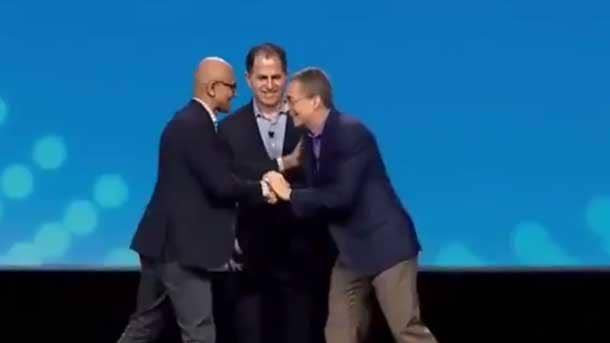
Nadella, Dell And Gelsinger Hold Hands
In a historic moment, Microsoft CEO Satya Nadella, VMware CEO Pat Gelsinger and Dell Technologies CEO Michael Dell were all on stage together to unveil hybrid cloud joint offerings, including integrated cloud services, that will natively bring VMware environments into the Microsoft Azure cloud.
The highly anticipated Azure VMware Solutions, expected to become available later this year, will incorporate all the technologies encapsulated by VMware Cloud Foundation—vSphere compute virtualization, NSX networking and vSAN storage—to deliver native, supported and certified VMware infrastructure on Microsoft Azure. The hybrid service was developed in conjunction with CloudSimple, a startup that has worked for more than two years developing the capability to run VMware's data center stack in dedicated Azure cloud instances.
"As we were planning this, there was lots of demand for this. It's great to see this solution now coming to market this year," said Michael Dell in his keynote at Dell Technologies World.
Also stemming from the partnership is jointly developed integration between Microsoft 365, which incorporates the market-leading Office 365 cloud-based office productivity suite, and VMware's Workspace ONE device management platform. That integration will allow management of Office 365 across devices using Microsoft Intune and Azure Active Directory.
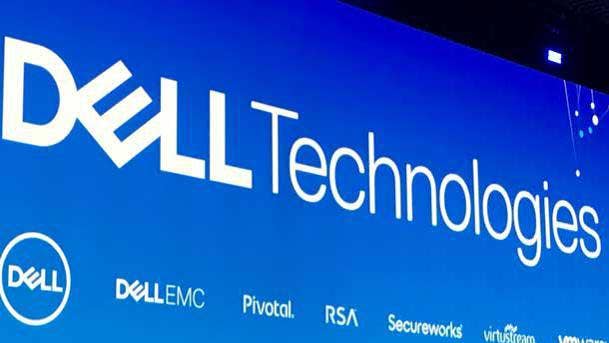
New Dell Technologies Partner Program
The Dell EMC Partner Program was replaced by the new Dell Technologies Partner Program, aimed at driving channel sales to the next level by making it easier and more profitable for channel partners to sell across the entire Dell Technologies portfolio. Partners in the program will be able to seamlessly buy, procure and sell solutions across the Dell Technologies family of businesses, which include Boomi, Dell, Dell EMC, Pivotal, RSA, SecureWorks, Virtustream and VMware. All Dell EMC partners will automatically become part of the new Dell Technologies Partner Program with their tiering intact, which went into effect April 29.
All products purchased through the Dell Technologies Partner Program, regardless of the family of business, will count toward the tier status and tier revenue requirements in the new program.
The new program provides simplified engagement for partners to cross-sell and procure products and holistic solutions across Dell Technologies. However, each individual family of business will continue to maintain and operate its own partner program separately from the Dell Technologies Partner Program.
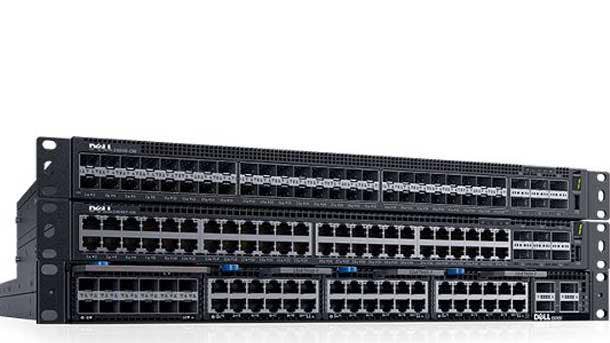
PowerSwitch Rebranding
Dell EMC is rebranding its open networking portfolio switches as PowerSwitch. The new naming reflects the powered-up modern enterprise that supports massive volumes of data traffic, across all points of the edge, core and cloud.
The Dell EMC PowerSwitch S5200-ON is the first switch in the new portfolio and it delivers up to 2.5X the performance of previous models and includes its half-width version designed for hyper-converged infrastructure (HCI) environments. Available in new 12- and 24-port options, it delivers low density, cost-effective top-of-rack connectivity and is ideal to automate and transform networks for edge, storage and hyper-converged implementations, Dell said.
The new PowerSwitch supports mission-critical HCI deployments in a turnkey experience managed by VxRail with SmartFabric. The Dell EMC PowerSwitch S5248, meanwhile, is the company’s first 25-GbE switch certified for SmartFabric Service that enables the network to keep pace with higher input/output (I/O) compute and storage.
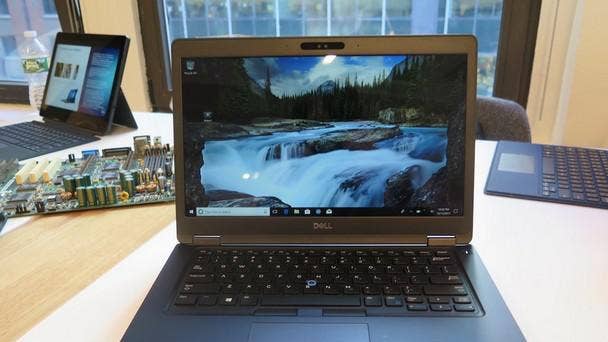
Dell VMware Unified Workspace
Dell and VMware launched Unified Workspace, an integrated offering for end-user computing that looks to dramatically improve everything from device selection to deployment to security and management. The new offering integrates VMware Workspace ONE device management with solutions and services from Dell Technologies and Secureworks.
As the backbone of Unified Workspace, Workspace ONE offers unified endpoint management capabilities that include cloud policy management, improved application delivery, automated patching and enhanced device health monitoring and diagnostics. Unified Workspace improves device selection by tapping data on how workers their use their PCs—such as around battery consumption, storage utilization and mobility requirements—and then recommending the ideal PC and applications.
On security, Dell introduced its new Dell SafeBIOS solution, which is an off-host BIOS verification capability that is integrated with VMware Workspace ONE, enabling IT to set up automated workflows to push over-the-air updates and restore devices to compliance. SafeBIOS is also integrated with CrowdStrike endpoint protection. The offering also includes threat management via Dell SafeGuard and Response, which brings together managed security and incident response with Secureworks threat behavioral analytics and CrowdStrike endpoint protection.
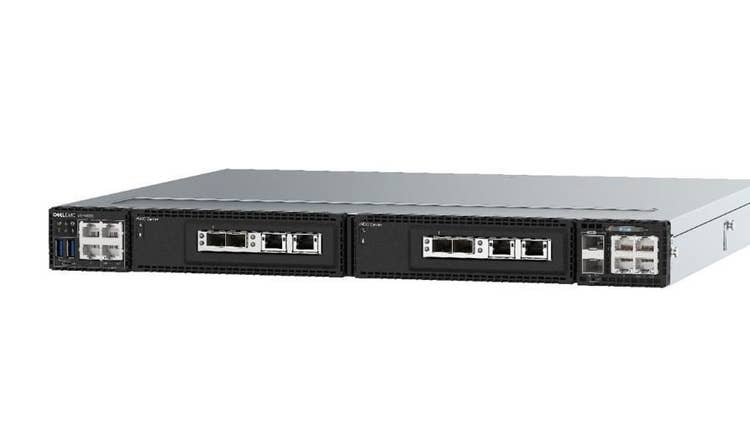
New ‘Prime Time’ Dell EMC SD-WAN Edge
With the SD-WAN market poised to reach $4.5 billion by 2022, Dell EMC and VMware launched the new Dell EMC SD-WAN Edge offering. The offering improves the customer experience by bundling VMware SD-WAN by VeloCloud software as a subscription with Dell EMC hardware.
The new offering, sold in one-year or multiyear subscriptions, is based on Dell EMC’s Virtual Edge Platform (VEP) 4600, which is roughly the size of a typical household cable box. The Dell EMC SD-WAN Edge offering is expected become generally available for partners to sell in July.
“For partners, this SD-WAN market is on fire. We want partners to go after that market segment,” said Brian Henderson, director of converged infrastructure and open networking product marketing at Dell EMC. “Over the years people have conquered software-defined storage, software-defined servers and now we’re finally taking on the complexity of networking. For a partner working with Dell, if you haven’t explored SD-WAN yet there is a huge and quickly growing opportunity. It’s prime time to go after SD-WAN.”
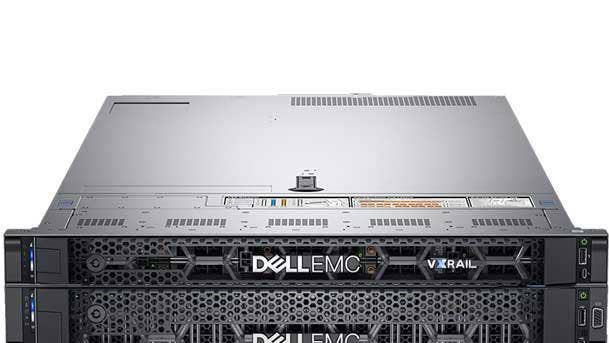
Dell Technologies Cloud Platforms
Dubbing it the best hybrid cloud platform in the world, the new on-premises Dell Technologies Cloud Platforms is built on hyper-converged infrastructure, VXRail, as well as VMware Cloud Foundation, which is VMware’s hybrid cloud solution that provides integrated cloud infrastructure and cloud management services to run applications in both private and public cloud environments.
Dell has also validated designs that allow partners and customers to build Dell Technologies Cloud Platforms using traditional servers, networking and storage arrays inclusive to Dell EMC Unity and PowerMax. The cloud platforms are built to be flexible in order to meet a variety of workloads and performance needs.
“This is our opportunity to say, ‘Look, this is the best hybrid cloud platform on earth,” said Matt Baker, senior vice president, Dell EMC strategy and planning, in an interview with CRN, who played a significant role in crafting the new Dell Technologies Cloud Platforms. “We need to tell the world, ‘Look, this is the best way to build your hybrid cloud.’ Customers want a consistent operating environment. … Dell and our channel partners now have a well-oiled hybrid cloud platform that can be used to help our customers achieve their cloud ambitions.”
Partners can sell the offering by leveraging the popular Dell Financial Services arm. The cloud platforms provide a slew of options in how customers can buy all the components inside the Dell Technologies Cloud including Capex, Opex, rent, lease, consume as a service or pay per use.
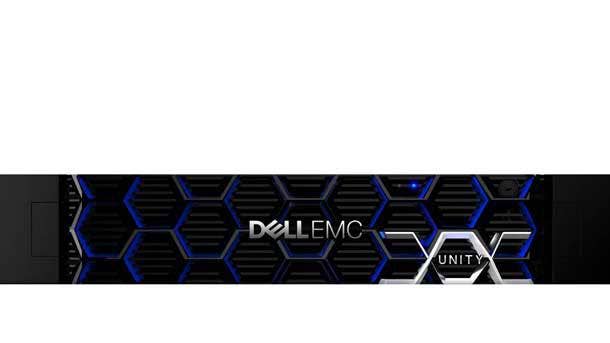
Dell EMC Unity XT
Dell EMC launched the next generation of its Unity midrange storage system with the NVMe-ready Unity XT, which is 2X faster than its predecessor and 67 percent faster than its closest competitor, according to Dell. The system is optimized for greater data efficiency with up to 5:1 data reduction and is built for a multi-cloud world.
"Customers over time will be able to seamlessly and nondisruptively add NVMe drives to their Unity XT system," said Sam Grocott, senior vice president of marketing for Dell EMC's Infrastructure Solutions Group.
Unity XT can run in a public cloud, seamlessly move data to the cloud and is available as a service via the new Dell EMC Cloud Storage Service. Dell is also planning to introduce a new midrange storage platform that will eventually unify and replace its Unity midrange line, the midrange SC family and the older PS line.
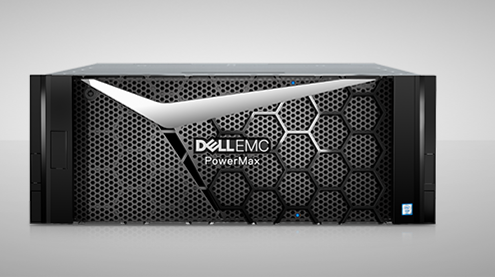
Dell EMC Cloud Storage Services
To enable seamless connection to public clouds, Dell EMC launched its Cloud Storage Services. The services extend customers’ data centers to the cloud, providing Dell EMC storage, directly connected to the public cloud compute, as a service. This is accomplished through a managed service provider that delivers a high-speed, low-latency connection from a public cloud directly to Dell EMC Unity, PowerMax and Isilon in their data center.
Dell EMC will initially support two use cases with Cloud Storage Services, which is now available in North America. The first is an automated Disaster Recovery as a Service (DRaaS) supporting the Unity and the PowerMax platforms, and the second is multi-cloud access for use in bursting to the cloud for things like workload analytics and test/dev. VMware customers can leverage the automated DRaaS solution in VMware Cloud on AWS for seamless pay-as-you-go disaster recovery in the cloud.
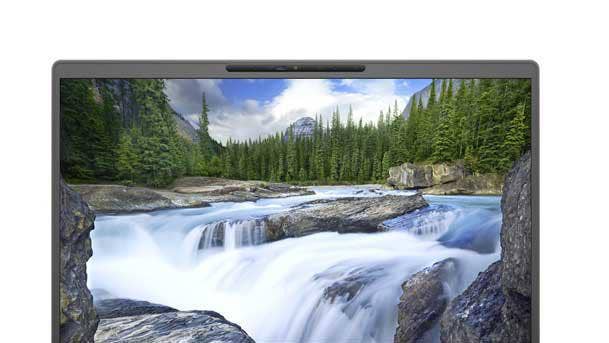
New Latitudes
Dell released its 10th-generation Latitude notebook portfolio including refreshed Latitude 3000, 5000 and 7000 notebooks as well as two new 2-in-1 Latitude models.
The new Latitude models feature options for fingerprint readers and facial recognition IR cameras for using Windows Hello log-in. Many of the models offer webcam privacy shutters and contacted Smart Card Reader or contactless Smart Card Reader with SafeID to protect user credentials. New features also include SafeBIOS, which is an off-host BIOS verification capability. Dell has optimized the 10th-generation Latitude notebooks to work with the company’s new Unified Workspace solution.
The Dell Latitude 7000 series has a starting price of $1,299, while the Latitude 5000 starts at $819, followed by the Latitude 300 series at $599. The Latitude 2-in-1 models includes the Latitude 7200, a detachable tablet with a 12.3-inch FHD display and a brushed-aluminum finish, with a starting price of $999.